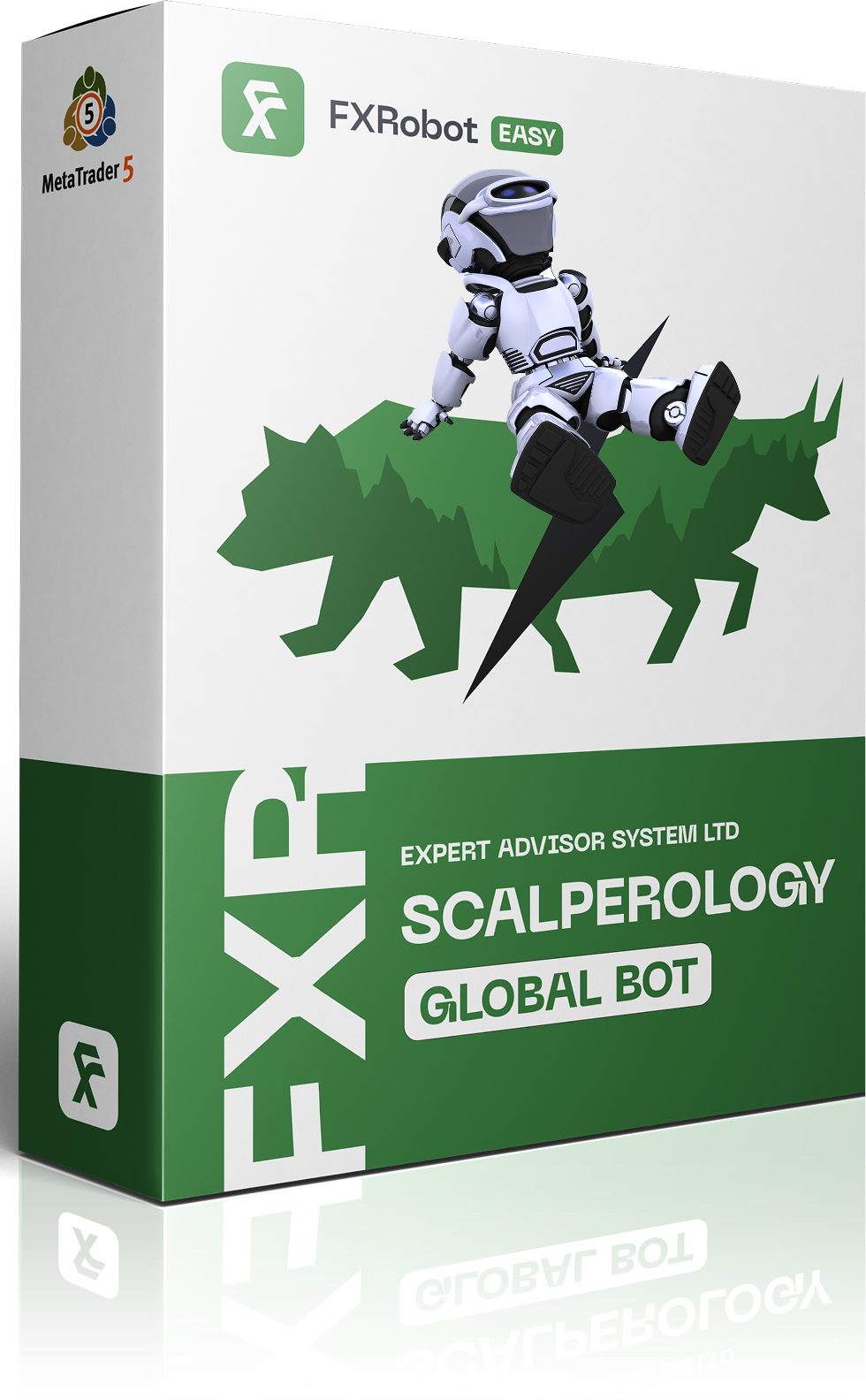What is the EMA Indicator?
The Exponential Moving Average (
EMA) is a type of moving average that places a greater weight and significance on the most recent data points. The EMA reacts more quickly to recent price changes than a simple moving average (SMA), making it a favorite among traders who want to capture trends early.
How Does the EMA Work?
The EMA is calculated by applying a multiplier to the price, which gives more weight to recent prices. This multiplier is determined by the length of the EMA. The formula for the EMA is:
EMA = (Price_today * Multiplier) + (EMA_yesterday * (1 - Multiplier))The multiplier is calculated as follows:
Multiplier = 2 / (N + 1)Where N is the number of periods.
Types of EMA Indicators
There are several types of EMA indicators that traders use to analyze different timeframes and trends:
5 EMA: A short-term EMA that reacts quickly to price changes, useful for identifying short-term trends.14 EMA: A medium-term EMA that balances responsiveness and smoothing, often used to gauge medium-term trends.50 EMA: A long-term EMA that smooths out price data over a longer period, used to identify long-term trends.200 EMA: Another long-term EMA, often used by traders and investors to determine the overall market trend.Applications of the EMA Indicator
The EMA is a versatile tool used in various trading strategies:
Trend Identification: When the price is above the EMA, it indicates an uptrend, and when it is below, it indicates a downtrend.Crossovers: Crossovers between EMAs of different periods can signal potential trend changes. For example, a "golden cross" occurs when a short-term EMA crosses above a long-term EMA, indicating a bullish trend.Support and Resistance: EMAs can act as dynamic support and resistance levels, providing traders with potential entry and exit points.Popular EMA-Based Indicators
Several EMA-based indicators are popular among traders for their
effectiveness in different market conditions:
YK-SMART-EMA: Displays multiple EMA lines (14, 30, 50, 100, 200) on a price chart to help analyze short-term, medium-term, and long-term trends. It allows customization of the EMA lines and colors.2 EMA Color Alerts Indicator: Provides early warning signals for potential market reversals and trend changes using customizable alerts and color-coded displays.Quintet EMA: Plots four EMAs (5, 14, 20, 50, 200) on the chart, offering insights into short-term, medium-term, and long-term trends. Traders can use crossovers and the relationship to price action for trading decisions.Advantages of Using the EMA Indicator
The EMA offers several advantages that make it a preferred
choice for many traders:
Responsiveness: The EMA reacts more quickly to recent price changes, allowing traders to capture trends early.Smoothing: It smooths out price data, reducing the noise and making it easier to identify trends.Versatility: The EMA can be used in various trading strategies, including trend identification, crossovers, and support/resistance levels.Tips for Using the EMA Indicator
To maximize the effectiveness of the EMA
indicator, consider the following tips:
Combine with Other Indicators: Use the EMA in conjunction with other technical analysis tools, such as the MACD or RSI, to confirm signals and improve accuracy.Adjust Timeframes: Experiment with different EMA periods to find the ones that work best for your trading style and the specific market conditions.Practice Risk Management: Always use proper risk management techniques, such as setting stop-loss orders and position sizing, to protect your capital.🌟 The EMA indicator is a powerful tool that can help traders make informed decisions and improve their trading performance. By understanding its mechanics and applications,
you can harness its potential to achieve better trading outcomes. 🚀






